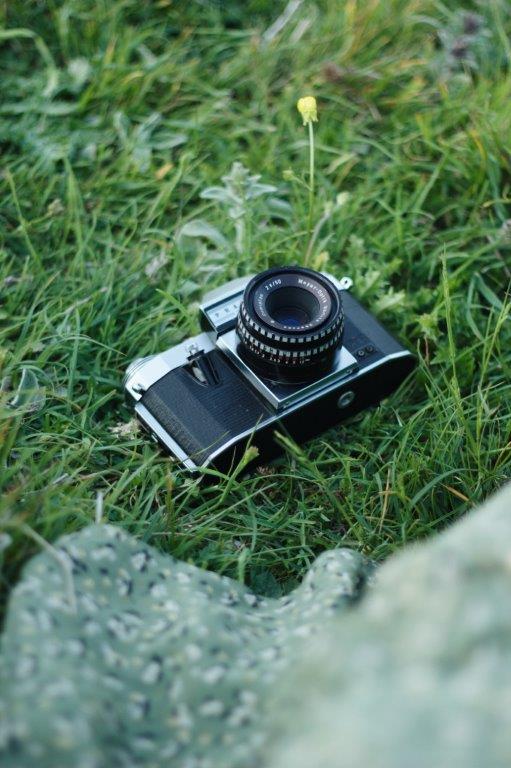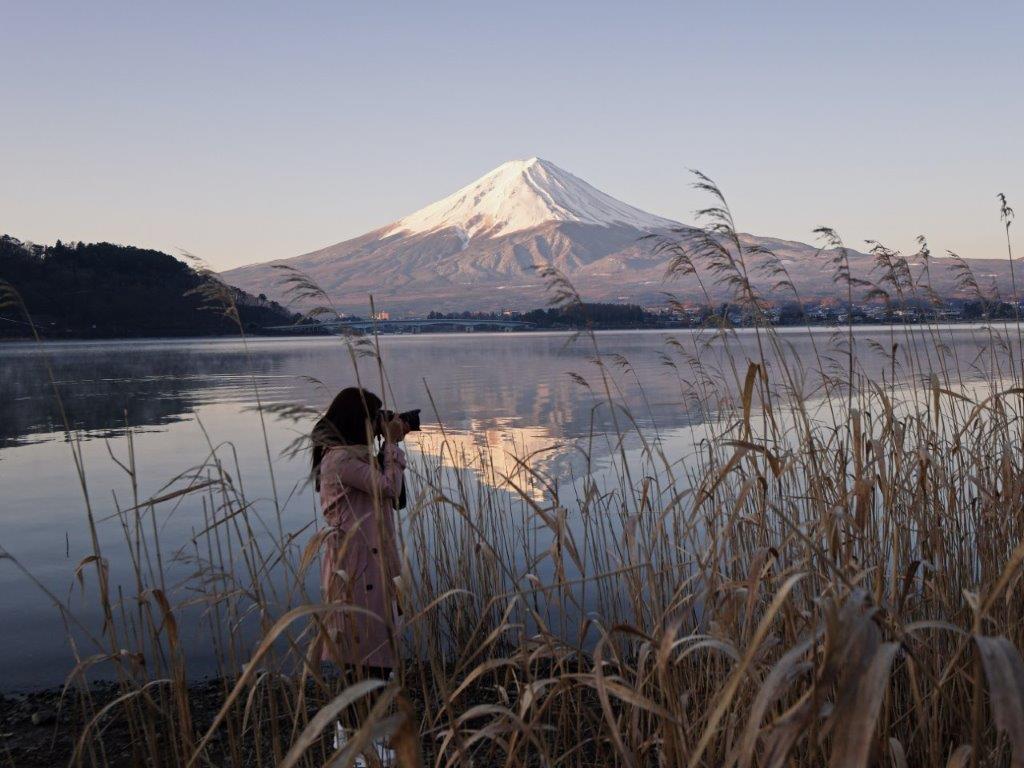Table of Contents
To master the art of photography, you need to explore and experiment with different camera settings, lenses, and techniques. Understanding the fundamental principles of photography, composition, natural light, exposure, focus, and sharpness is crucial. This knowledge enables you to have full control over the exposure and achieve the desired effects in your images.
Moreover, mastering the art of photography is a lifelong pursuit. It’s an ongoing process of honing your technical skills, expanding your creative vision, and developing your unique style. With dedication, practice, and a passion for capturing moments, you can continually improve and create impactful and memorable photographs.

Types of Photography
Portrait Photography:
Focuses on capturing the personality and characteristics of individuals or groups.
Landscape Photography:
Involves capturing scenic views of nature, landscapes, and outdoor environments.
Wildlife Photography:
Concentrates on capturing animals and their behavior in their natural habitats.
Street Photography:
Involves capturing candid moments of everyday life in public spaces, often reflecting the culture and atmosphere of urban environments.
Fashion Photography:
Focuses on showcasing clothing, accessories, and fashion trends in a visually appealing and artistic manner.
Here are the best techniques and tips you need to learn for the best photography.
Mastering Composition of Appealing Photographs
Mastering composition is one of the fundamental techniques in photography that can greatly enhance the visual impact of your images. Composition refers to the arrangement of elements within the frame and how they interact with each other to create a visually pleasing and balanced image.
Remember, mastering composition is not about following strict rules, but rather understanding and utilizing these techniques to create visually compelling images. It’s about developing an eye for seeing the potential in a scene, arranging elements within the frame, and capturing moments in a way that tells a story and resonates with the viewer. Practice and experimentation are key to honing your composition skills and developing your unique style.
Understanding Exposure in Photography
Understanding exposure is a crucial technique in photography that involves controlling the amount of light that reaches the camera’s image sensor to achieve the desired brightness and detail in your photos. Proper exposure ensures that your images are neither too dark nor too bright, allowing you to capture the scene accurately.
Understanding exposure gives you control over the overall brightness, detail, and mood of your photographs. It allows you to creatively manipulate light and capture images accurately representing the scene. Practice and experimentation are key to mastering exposure and understanding how different settings impact your final image.
Utilizing Natural Light in Photography
Utilizing natural light is a fundamental technique in photography that can significantly enhance the quality and mood of your images. Natural light provides a diverse range of lighting conditions, each with its unique characteristics and creative possibilities.
Understanding and utilizing natural light effectively allows you to capture scenes with a sense of authenticity, depth, and mood. By paying attention to the quality, direction, and intensity of natural light, you can create visually stunning images that convey the atmosphere and emotions of the moment. Practice observing and working with different lighting conditions to develop your skills in utilizing natural light to its fullest potential.

Mastering Focus and Sharpness
Mastering focus and sharpness are essential for capturing clear and crisp images that draw the viewer’s attention to the intended subject. Achieving sharpness involves precise focusing techniques and understanding the factors that affect the depth of field.
However, mastering focus and sharpness require practice, attention to detail, and an understanding of the tools and techniques available to you. Experiment with different focus modes, settings, and focusing techniques to achieve the desired sharpness in your images. With time and experience, you’ll develop a keen eye for focus and consistently capture images that are sharp and visually impactful.
Creative Use of Depth of Field
The creative use of depth of field is a powerful technique in photography that allows you to control which elements in your image are in focus and which ones are blurred. By manipulating the depth of field, you can guide the viewer’s attention, create a sense of depth and dimension, and add artistic and storytelling elements to your photographs.
Mastering the creative use of depth of field requires experimentation and a keen eye for composition. Consider the story you want to tell, the mood you want to convey, and how the depth of field can enhance your visual narrative. By intentionally manipulating the depth of field, you can create compelling and visually striking images that captivate your audience and leave a lasting impression.
Lastly, mastering the art of photography requires practice, patience, and continuous learning. Take every opportunity to photograph different subjects, experiment with different techniques, and seek feedback from other photographers. Learning from your mistakes and constantly refining your skills will lead to growth and improvement in your photography journey.




Pingback: Mastering the Art of Needle Felting: 5 Tips, and Techniques